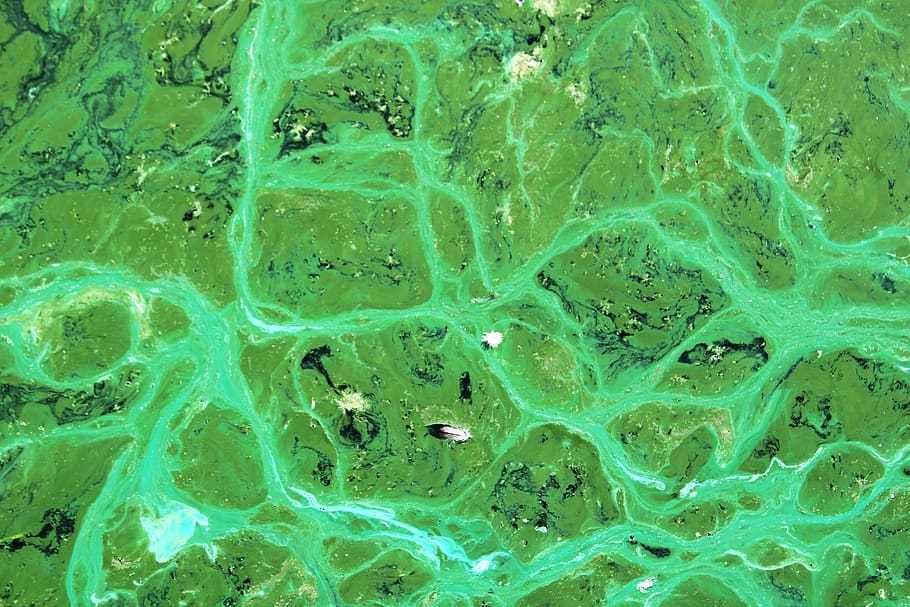Table of Contents
![]()
Introduction
Cyanobacteria, often referred to as blue-green algae, are microscopic organisms that play a significant role in aquatic ecosystems. While they are an essential part of the aquatic food web, their uncontrolled growth can have detrimental effects on water bodies. In this article, we will delve into the world of cyanobacteria, exploring their characteristics, the causes and consequences of cyanobacterial blooms, their impact on water bodies, monitoring and management strategies, case studies of notable incidents, and what the future holds in terms of research and conservation efforts.
Cyanobacteria Characteristics
Cyanobacteria are a diverse group of prokaryotic organisms known for their unique blue-green pigmentation. They are found in various aquatic environments, from freshwater lakes and rivers to marine ecosystems. Cyanobacteria are photosynthetic, utilizing sunlight to produce energy and oxygen through photosynthesis. Their ability to fix atmospheric nitrogen also makes them crucial contributors to nutrient cycling in water bodies.
Cyanobacterial Blooms
Cyanobacterial blooms are rapid and often explosive increases in the population of cyanobacteria. These blooms can turn water bodies green, blue, or brown and are a cause for concern. Blooms are triggered by various factors, including excess nutrients (such as phosphorus and nitrogen), warm temperatures, and stable water conditions. Recognizing the signs and symptoms of cyanobacterial blooms is essential to understanding their impact.
Impact on Water Bodies
- Water Quality Degradation: Cyanobacterial blooms can disrupt the balance of aquatic ecosystems. As they multiply, they consume nutrients and deplete dissolved oxygen, leading to water quality deterioration. This can harm fish and other aquatic life, causing fish kills and affecting recreational activities.
- Toxin Production: Some cyanobacterial species produce potent toxins called cyanotoxins. These toxins can pose serious health risks to humans and animals if ingested, inhaled, or even exposed through skin contact. Common cyanotoxins include microcystins and anatoxins.
- Harm to Aquatic Life: The ecological consequences of cyanobacterial blooms extend beyond water quality degradation. The toxins and oxygen depletion can lead to fish kills, reduced biodiversity, and long-term damage to aquatic ecosystems.
- Human Health Risks: Human exposure to cyanobacterial toxins can result in a range of health problems, including skin irritation, gastrointestinal issues, respiratory problems, and, in severe cases, liver damage. It is crucial to be aware of water quality when engaging in recreational activities in affected areas.
- Economic Consequences: The economic impact of cyanobacterial blooms cannot be understated. Tourism, fisheries, and property values near contaminated water bodies can suffer, leading to substantial financial losses for communities.
Monitoring and Management
To address cyanobacterial blooms, monitoring and management strategies are essential. Monitoring methods include water sampling, remote sensing, and the tracking of environmental variables. Prevention and mitigation strategies involve nutrient reduction, water treatment, and public awareness campaigns. Regulatory approaches are also used to limit nutrient runoff into water bodies.
Case Studies
Several incidents of cyanobacterial blooms have gained notoriety due to their severe impacts on communities and ecosystems. Examples include the toxic algal bloom in Lake Erie and the harmful effects of cyanobacteria in the Baltic Sea. These cases highlight the urgency of addressing cyanobacterial blooms.
Future Research and Outlook
The study of cyanobacteria and their impact on water bodies is an evolving field. Researchers are exploring innovative methods for bloom prediction, toxin detection, and management. Additionally, as climate change and nutrient pollution continue to threaten water bodies, understanding cyanobacteria’s responses to these challenges is crucial.
Conclusion
Cyanobacteria, while vital to aquatic ecosystems, can become a menace when their growth goes unchecked. Their blooms can lead to water quality degradation, toxin production, harm to aquatic life, and human health risks. However, through effective monitoring, management, and continued research, we can mitigate their negative impact and protect our precious water resources. It is our responsibility to ensure the health and sustainability of our water bodies for current and future generations.
Share This





Be the first to comment